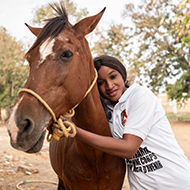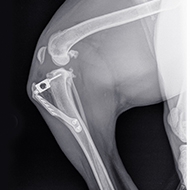Focus groups can help you get to know who your clientele are and the sort of service they expect from their local veterinary practice.
It is important to know who your clientele are
Over the last two years Bradley Viner, who runs successful practices in London, has embraced formal market research via client mapping and professionally run focus groups.
The focus group research was carried out externally and independently of the practice and used two groups of clients. One group was recruited at random from existing practice clients, the other consisted of pet owners who knew of the practice but were not clients. The two groups were questioned, filmed, and the results recorded.
The practice clients thought that the practices were friendly and helpful but expensive. The non – clients, when questioned about vets in general, said that they would opt for the most convenient practice and felt that they would pay more at a 'chain' or if their pet was insured.
When asked about their own practices, these non-clients begrudged going, were not particularly happy with the service they received, but were not looking to change assuming that all practices were the same. When asked about Bradley's practices they assumed that they were part of a chain and would be the same as all the others but did think that they were 'posh'.
As a result of the focus group work, Bradley rebranded his practice - it is now called Blythwood Vets – proud to be independent. He also used Facebook to build up a sense of community for his practices, held more events and promotional activities and set up Pet Professional Network to draw in pet care professionals who could then help to talk about and recommend the practice to pet owners.
The client mapping carried out was based on client post codes and demographic grouping. Having analysed his clients, Bradley was able to see their characteristics and analyse the needs they would have from a veterinary practice.
He discovered that 85 per cent of his Hampstead clients were in group A demographically (wealthy, IT literate, no children, aged below 35 with spare cash to spend on their pets). With this information the practice was able to act to accommodate the needs of this group of people who Bradley called 'Waitrose' clients. The practice stopped producing hard copy newsletters and other literature, converting all publicity to e-mail, texts and mobiles - the media that this group of people would be expected to use. He also increased the emphasis to clients on the quality of the service.
Bradley's message was that although knowing your clients and potential clients better may not in the short term generate income dramatically, it is important to know who your clientele are and the sort of service they expect from their local veterinary practice, so that you are providing for real rather than perceived or assumed needs.







 Birmingham Dogs Home has issued an urgent winter appeal as it faces more challenges over the Christmas period.
Birmingham Dogs Home has issued an urgent winter appeal as it faces more challenges over the Christmas period.
